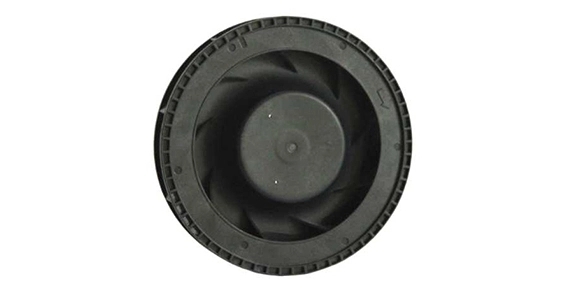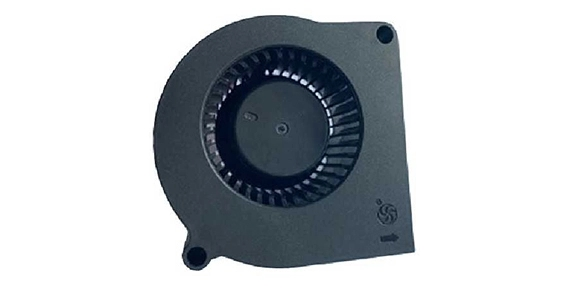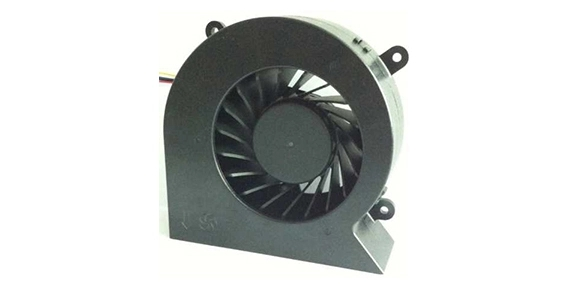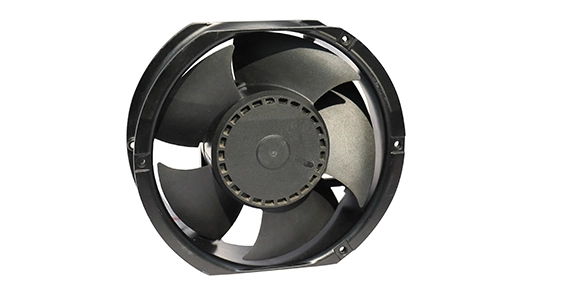Centrifugal blower fans are widely used in various industries for ventilation, air conditioning, and other applications that require the movement of air. However, different environments present various challenges that can affect the performance and lifespan of these fans. To overcome these challenges and optimize the performance of centrifugal blower fans, manufacturers have developed specific design features and materials. In this article, we will discuss the optimization of centrifugal blower fan performance for high-humidity environments, hot and cold conditions, and harsh and corrosive environments.
High-Humidity Challenges: Optimizing Centrifugal Blower Fans for Moisture-Laden Environments
In environments with high humidity, such as swimming pools, greenhouses, or wastewater treatment plants, traditional centrifugal blower fans can face challenges related to moisture. The presence of moisture can lead to corrosion, mold growth, and overall degradation of the fan's components. To optimize performance in such environments, manufacturers have developed axial cooling fan with special moisture-resistant coatings and materials. These fans are designed to withstand the corrosive effects of moisture, ensuring a longer lifespan and more efficient operation.

How Centrifugal Blower Fans Excel in Hot and Cold Conditions
Centrifugal blower fans are often required to operate in extreme temperatures, either hot or cold. In hot conditions, such as industrial ovens or engine cooling systems, these fans need to maintain reliable performance without overheating. Manufacturers have developed heat-resistant materials and thermal management systems to ensure that the fan can withstand high temperatures without compromising its efficiency.
On the other hand, in cold conditions, such as refrigeration systems or freezer rooms, a centrifugal blower fan needs to prevent the freezing of moisture or condensation on their components. To achieve this, manufacturers incorporate frost-resistant coatings and insulation to their designs, allowing the fans to operate effectively in low-temperature environments.

Corrosion Resistance: Designing Centrifugal Blower Fans for Harsh and Corrosive Environments
In certain industries, such as chemical processing, marine, or mining, centrifugal blower fans are exposed to harsh and corrosive environments. These environments can accelerate the degradation of the fan's components, leading to reduced performance and premature failure. To address this challenge, manufacturers design centrifugal blower fans using corrosion-resistant materials, such as stainless steel or special coatings. These materials protect the fan from the corrosive effects of chemicals, seawater, or abrasive particles, ensuring long-term durability and optimal performance.
Centrifugal blower fans are essential for various applications, but their performance can be severely affected by the environment in which they operate. High humidity, extreme temperatures, and corrosive conditions present specific challenges that need to be overcome to optimize the performance and lifespan of these fans. Manufacturers have developed specialized designs, materials, and coatings to address these challenges. By incorporating moisture-resistant features, heat-resistant materials, and corrosion-resistant components, centrifugal blower fans can operate efficiently and reliably in specific environments. XIE HENG DA, with its expertise in centrifugal blower fan design and manufacturing, offers a wide range of products that are optimized to perform in these challenging environments. Whether it is high humidity, hot and cold conditions, or harsh and corrosive environments, XIE HENG DA centrifugal blower fans are built to excel and deliver optimal performance.

 EN
EN 

 +
+
 +
+
 +
+



